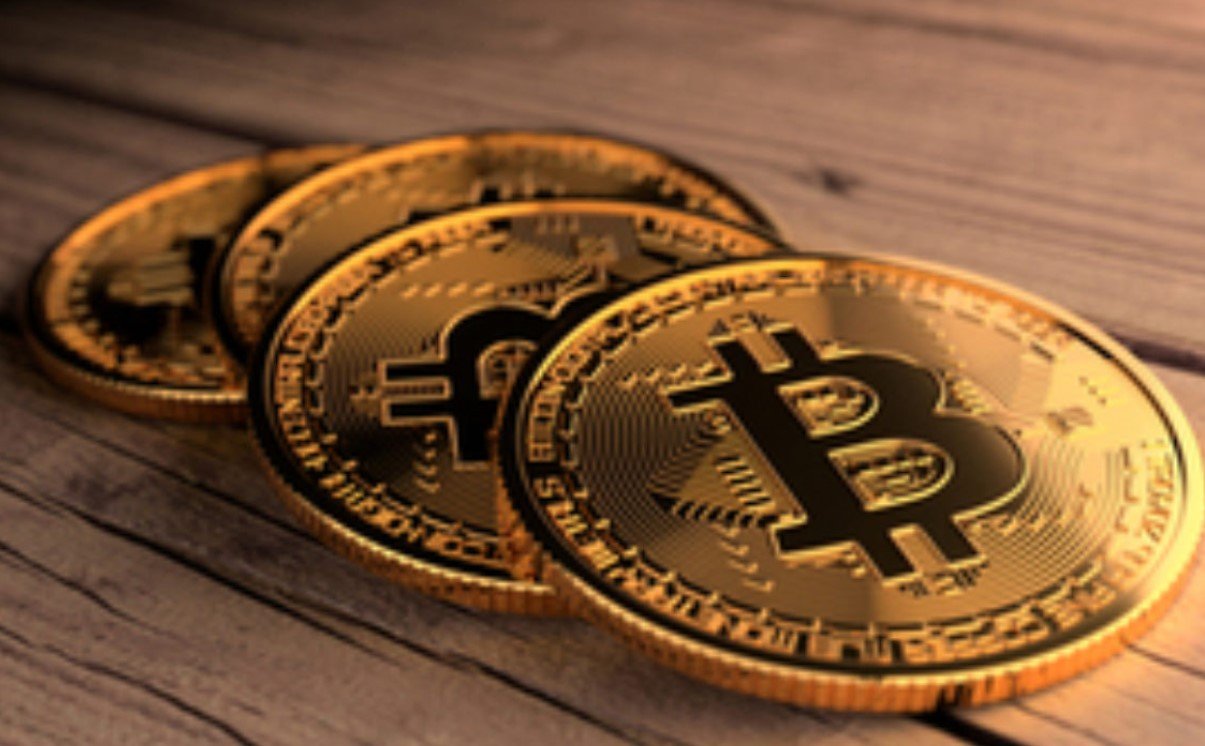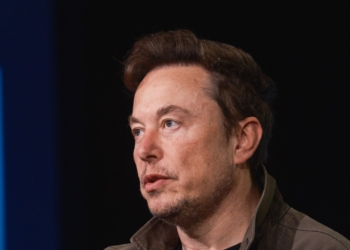Cryptocurrencies are volatile and unpredictable, but they also offer huge potential for growth and innovation. As the crypto market evolves and matures, some cryptocurrencies stand out as more promising and profitable than others. In this article, we will explore four cryptocurrencies that could be worth investing in for the long term, based on their current performance, future prospects, and competitive edge. These are the top four cryptos to buy before 2026 and hold for the long haul.
Bitcoin: The King of Crypto
Bitcoin is the first and the most popular cryptocurrency, with the highest market capitalization, price, and adoption. Bitcoin is widely regarded as the pioneer and the leader of the crypto space, as it introduced the concept of decentralized, peer-to-peer, and trustless digital money. Bitcoin is also the most secure and robust cryptocurrency, thanks to its large and powerful network of miners and nodes.
Bitcoin has a limited supply of 21 million coins, which makes it scarce and deflationary. Bitcoin also has a halving event every four years, which reduces the reward for mining new bitcoins by half. This creates a supply shock and a price surge, as seen in the previous halving cycles. The next halving is expected to happen in 2024, which could trigger another bull market for Bitcoin.

Bitcoin is often seen as a store of value and a hedge against inflation, rather than a medium of exchange, as it is more suitable for long-term holding and appreciation, rather than frequent and small transactions. Bitcoin is also facing some challenges, such as scalability, congestion, and environmental impact, which limit its usability and efficiency. However, Bitcoin is constantly innovating and improving, with solutions such as the Lightning Network, Taproot, and Schnorr signatures, which aim to enhance its speed, privacy, and functionality.
Ethereum: The Platform of Platforms
Ethereum is not just a cryptocurrency, but also a platform that enables the creation and operation of smart contracts, decentralized applications, and non-fungible tokens. Ethereum is the second-largest cryptocurrency by market capitalization, and the most widely used and developed platform in the crypto space. Ethereum has a vibrant and diverse ecosystem, with thousands of projects and developers building on its network.
Ethereum is currently undergoing a major upgrade, called Ethereum 2.0, which will transition the network from a proof-of-work to a proof-of-stake consensus mechanism, and introduce sharding and rollups, which will increase its scalability, security, and efficiency. Ethereum 2.0 is expected to be fully launched by 2022, which could boost the performance and value of Ethereum.
Ethereum is also facing some competition from other platforms, such as Cardano, Solana, and Binance Smart Chain, which offer faster, cheaper, and more scalable alternatives. However, Ethereum has the advantage of being the first mover and the most established platform, with the largest network effect, the most adoption, and the most innovation. Ethereum is also compatible and interoperable with other platforms, which could enhance its reach and utility.
Cardano: The Third-Generation Blockchain
Cardano is a blockchain platform that aims to provide a more scalable, secure, and sustainable alternative to Ethereum. Cardano is designed to be a third-generation blockchain, which addresses the limitations and challenges of the first and second generations, such as Bitcoin and Ethereum. Cardano is built on a scientific and peer-reviewed approach, with a strong focus on research and development.
Cardano has a layered architecture, which separates the settlement layer from the computation layer, which allows for more flexibility and customization. Cardano also has a novel proof-of-stake consensus mechanism, called Ouroboros, which is more energy-efficient and secure than proof-of-work. Cardano also has a governance system, called Voltaire, which enables the community to propose and vote on the future direction and development of the platform.
Cardano is currently in the final phase of its roadmap, called Goguen, which will enable the deployment of smart contracts, decentralized applications, and non-fungible tokens on its network. This will open up a new realm of possibilities and use cases for Cardano, and potentially challenge Ethereum’s dominance. Cardano is also working on other features, such as scalability, interoperability, and identity solutions, which will enhance its functionality and value.
Solana: The High-Performance Blockchain
Solana is a blockchain platform that claims to be the fastest, cheapest, and most scalable in the world. Solana can process over 50,000 transactions per second, with an average fee of less than $0.01, and a confirmation time of less than a second. Solana achieves this remarkable performance by using a combination of innovative technologies, such as proof-of-history, tower consensus, turbine, sealevel, pipelining, and cloudbreak.
Solana is designed to support high-throughput and low-latency applications, such as decentralized exchanges, gaming, social media, and streaming. Solana has a growing and vibrant ecosystem, with over 400 projects and developers building on its network. Solana also has a strong backing and support from prominent investors and partners, such as Alameda Research, FTX, Serum, Audius, and Kin.
Solana is one of the fastest-growing and most promising platforms in the crypto space, as it offers a superior solution to the scalability and efficiency issues of other platforms. Solana is also compatible and interoperable with other platforms, such as Ethereum, which could increase its adoption and utility. Solana is also working on improving its security, decentralization, and governance, which could enhance its credibility and value.



















